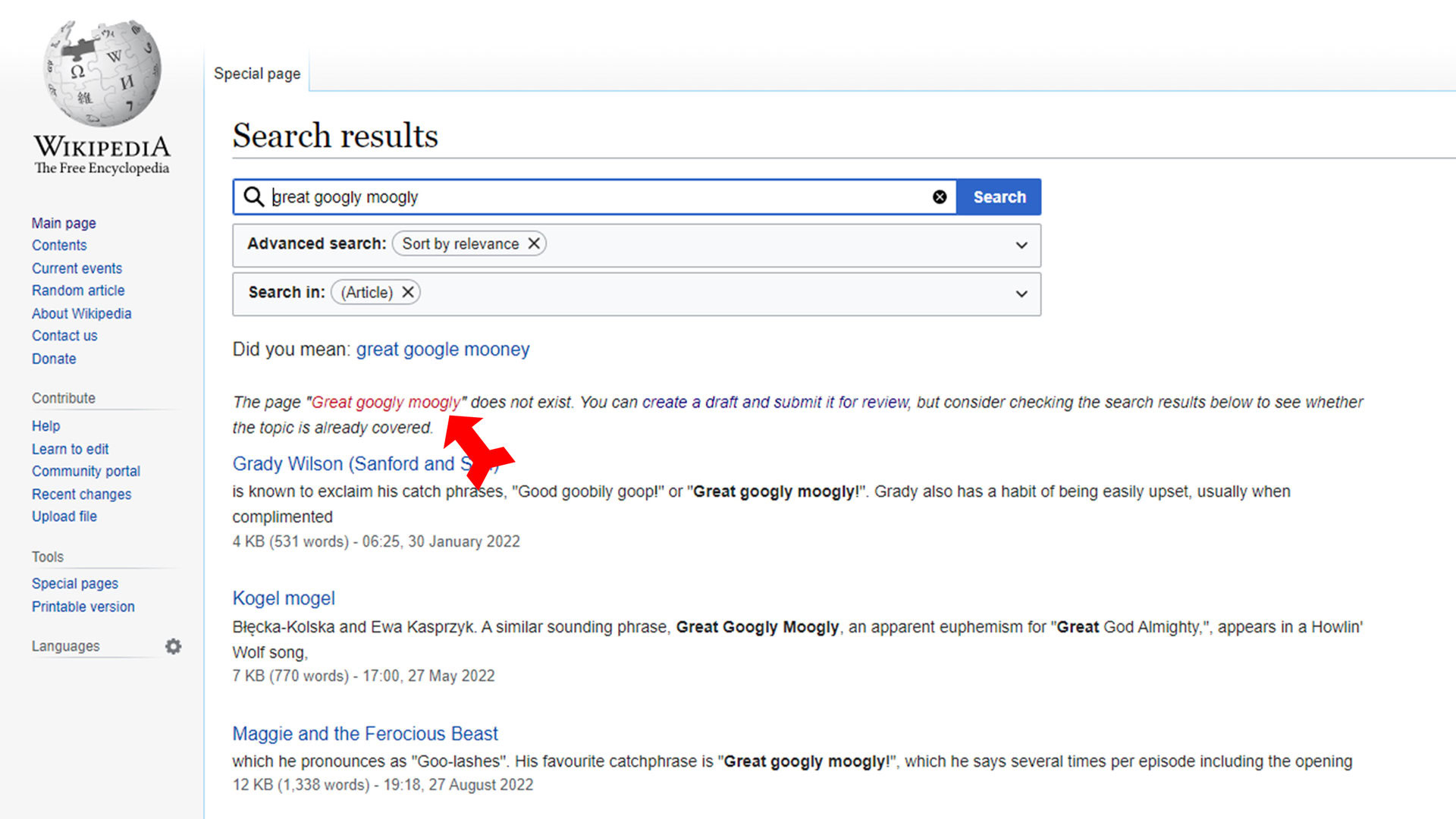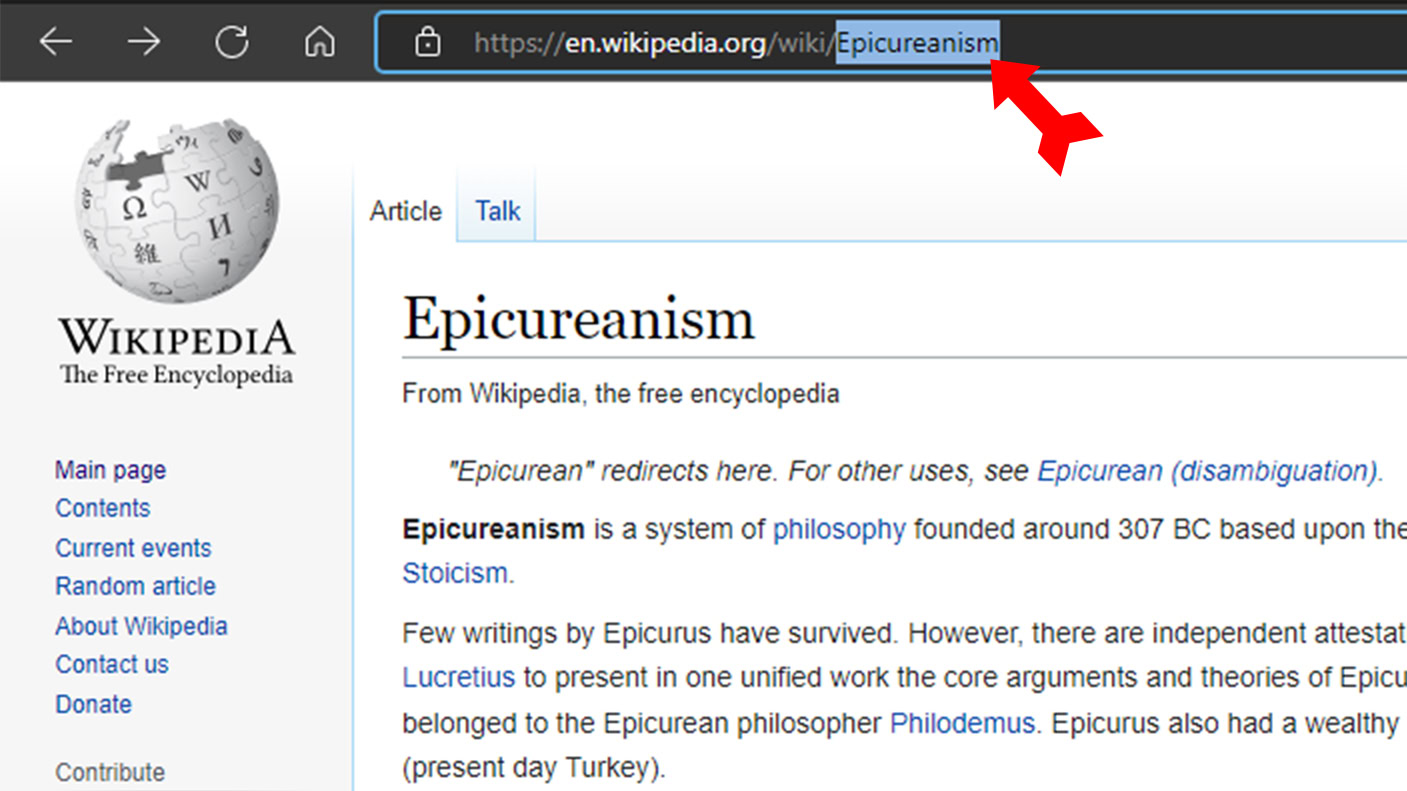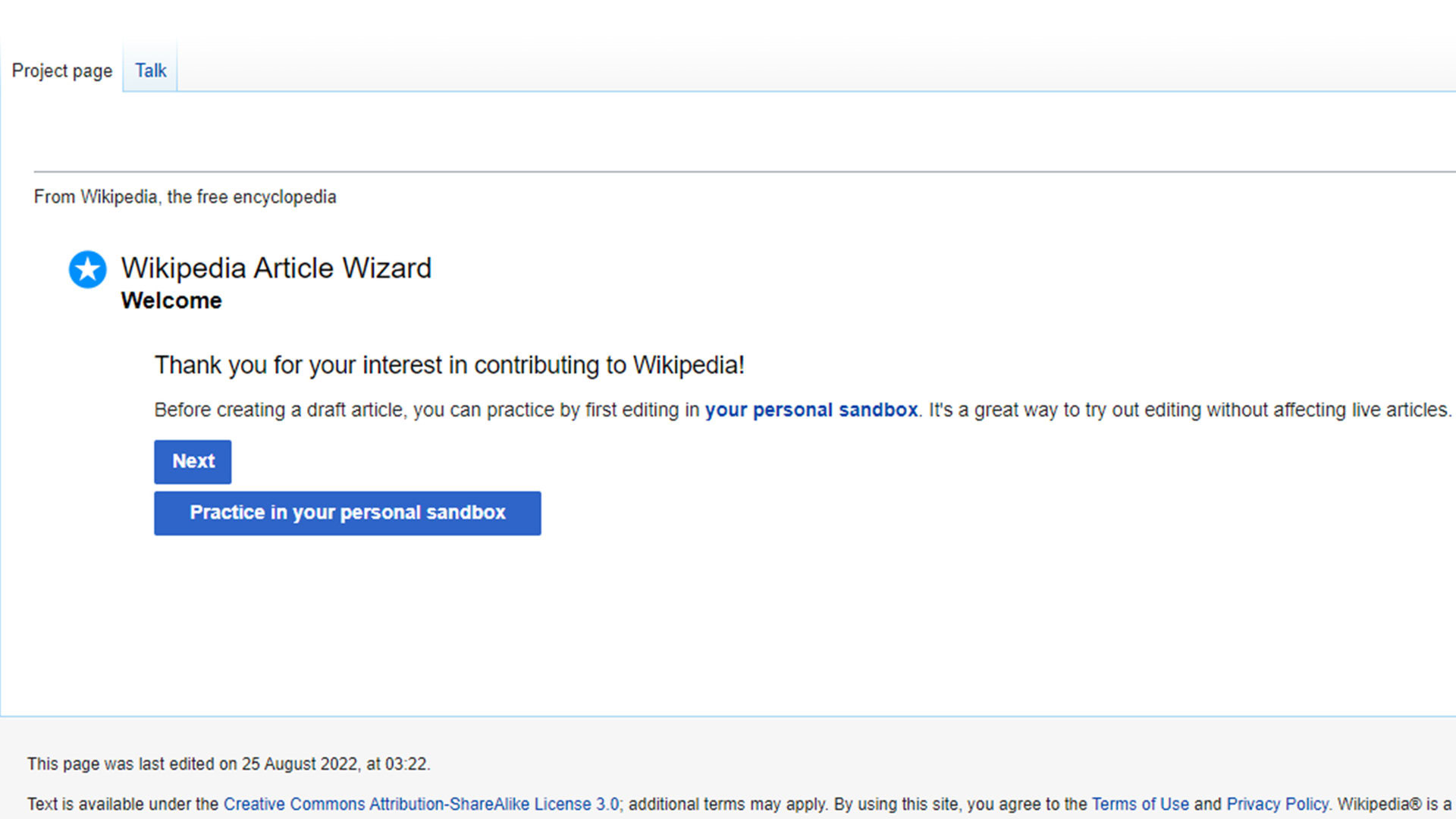Affiliate links on Android Authority may earn us a commission. Learn more.
How to create a Wikipedia page
Published onSeptember 2, 2022
The online encyclopedia Wikipedia has more than 6.5 million articles on almost every conceivable subject. Have you ever wondered how to create a Wikipedia page, who does it, and who approves them? There are several hurdles a new article has to clear before it can make it onto the site. While anyone can create a draft of a page for Wikipedia and submit it, Wikipedia will reject it unless it meets Wikipedia’s criteria for a new page.
Wikipedia has a well-established procedure for submitting new articles online, including several ways to get to the submission page. There are also clearly worded warnings on the site against submitting articles that Wikipedia cannot include. Read on for details of the process.
QUICK ANSWER
To create a Wikipedia page, search for your topic, to make sure no one has written about it yet. If it is a new subject for Wikipedia, you will see a red link to the topic on the results page. Click on the link to go to the article wizard page. The wizard will walk you through the process of creating your article.
JUMP TO KEY SECTIONS
How not to create a Wikipedia page
There are several fairly similar ways to create a Wikipedia page, which we will outline below. But the first step is really to make sure you are not wasting your time. Wikipedia has three important criteria each article must adhere to: the subject must be notable, the notability must come from established sources, and nothing in the article can violate a copyright.
Notability
Three high-quality sources that discuss the subject (and not just mention it) that are published independently on the subject establish notability in Wikipedia’s eyes.
Wikipedia claims they delete more than 200 articles each day, and the most common reason is lack of notability. This is why, for most people, publishing a Wikipedia page about themselves as a form of self-promotion is not a possibility.
Independence
The sources for a Wikipedia article must be independent of the subject. A company’s website is acceptable as a source of information, like its phone number or the year of its inception. But you would not base an article on one of its products based on what its website said. The subject of your article must have been referenced in established newspapers, magazines, journals, or websites (and not social media or blog websites). Sources for a Wikipedia article must be verifiable, including the inclusion of links or citations for all direct quotes. Any topic that is likely to cause controversy must also have its sources cited.
Neutrality
And even if your topic is controversial, you must write about it with a neutral tone. If your article reads, even a little, like it takes one side over the other in any controversy, they will reject it for not being neutral. Judgmental language, or presenting fringe views as mainstream, are also tickets to rejection.
Finally, a prospective new Wikipedia article must walk a gauntlet known as “what Wikipedia is not.” Wikipedia is an online encyclopedia, and any article that does not read as if it belongs in an encyclopedia will not make it. Breaking news, opinion, link repositories for your blog, original research that has not been independently referenced—all these things will fail to be published on Wikipedia, in favor of neutrally written, verifiable content about a subject that is noteworthy to society at large.
If your article passes all these tests, you should proceed with your planned new Wikipedia page. The ways to the submission page are many, including one that is hiding in plain sight. Let’s review them.
Click on a red link
According to Wikipedia, the most common way a new article is created is when someone sees a red link on an existing Wikipedia page. A red link on Wikipedia indicates that the subject is not currently covered on the site. Click on the red link to be taken to this page, where you can begin drafting your own article on the topic.

Search to create a red link
Have a specific subject already in mind? Do a search for it on Wikipedia. If it has been covered already, it will come up as a search result. If it hasn’t, you will be given a red link of your search term right above the search results. Again, click on the red link to be taken to the landing page for new article creation.

Change the title in the URL
Go to any established Wikipedia page, Change the URL at the top of the page to a subject that does not exist yet on Wikipedia. Again Wikipedia will take you to the new article landing page. For instance, on this page, if we substitute a subject that doesn’t exist on Wikipedia for Epicureanism in the URL, the site will take us to the new article landing page.

Use the Wikipedia article wizard
You can start writing a new Wikipedia article just one step from the home page. Put Wikipedia:article wizard in the search box and hit Return. The site will take you to the start of the article wizard, which will walk you through the process of publishing an article on Wikipedia.

What happens next?
Wikipedia’s staff of volunteer editors will review your submitted article with an eye toward how it conforms to Wikipedia’s criteria. If an editor thinks an article is inappropriate, they will refer it to an administrator, who may choose to delete it. Or the editor might merge your piece with an existing article, if the resulting merged article gives the reader a more informative experience. Otherwise, it will go into a queue of waiting new articles and revisions. A new article will often take months to publish, as it waits for an editor. Be patient.
Related: The best search apps for Android
FAQs
It comes down to notability. You might be the best in the world at your job, but unless several people who do not know or work for you have written about you in that context, it is not Wikipedia-worthy.
No, you should not. Wikipedia’s writers and editors are volunteers, and although some are doctors and lawyers, Wikipedia’s vetting process is not stringent enough to trust with your health, or your freedom. Seek advice from experts on these critical matters.
A volunteer Wikipedia editor decided the article wasn’t right for the website and referred it to a paid Wikipedia administrator, who made the decision to kill the article.
The non-profit Wikimedia Foundation, which is based in San Francisco, runs Wikipedia. It was founded in 2001.